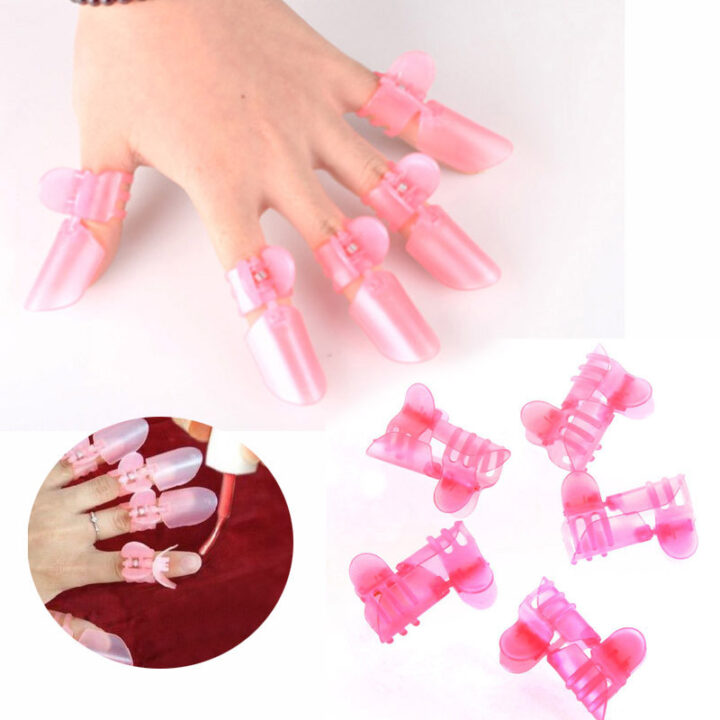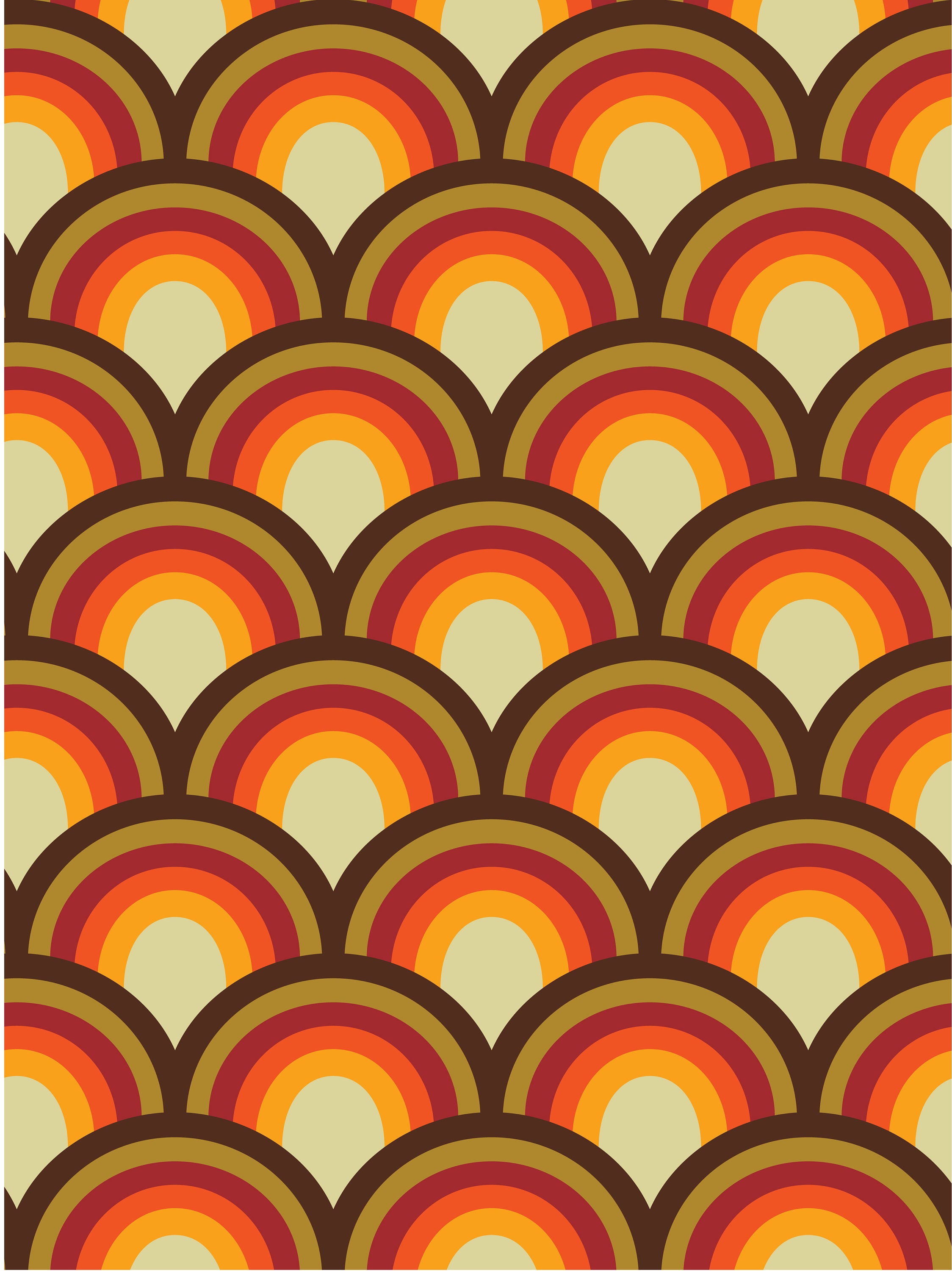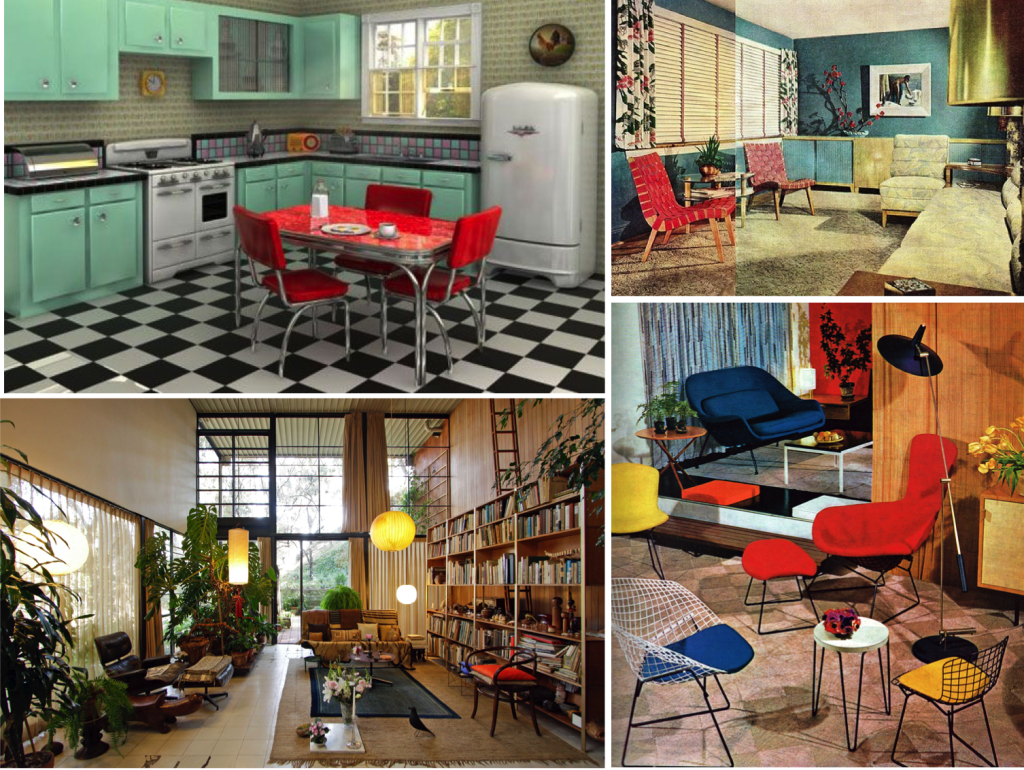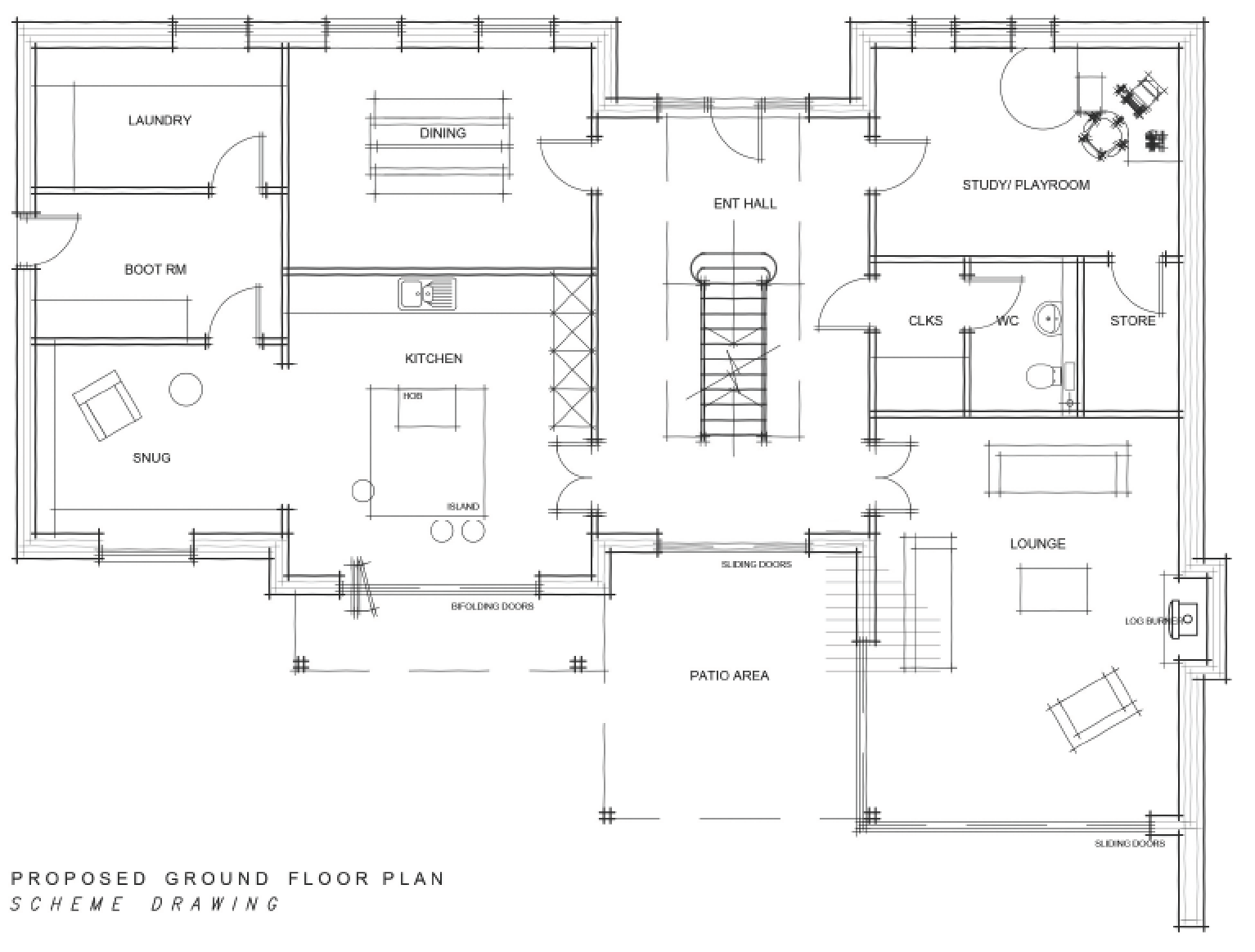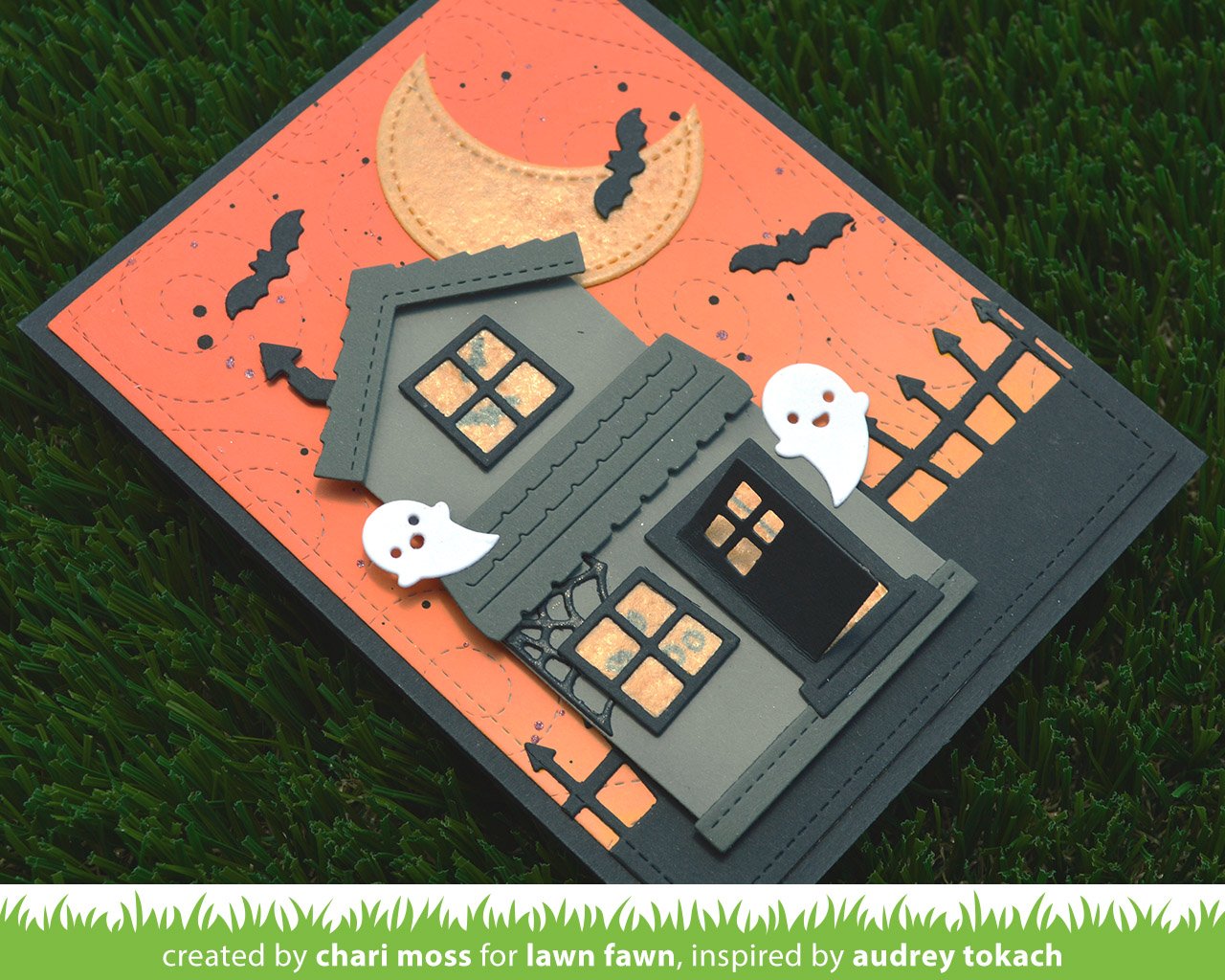Table Of Content

It consists of a sealed chamber, with the speaker mounted on one side, and a long duct or tube running from the back of the speaker to the other end of the enclosure. This duct allows sound energy to be “transferred” from the rear of the speaker and redirected back into the room, reinforcing bass frequencies. A bass reflex speaker enclosure has much higher efficiency than a sealed speaker box. It’s louder and produces more mid-bass than a sealed speaker enclosure with higher power handling.
Speaker Box Lite:
Many commercial systems (especially small PA powered boxes) use ABS or a similar thermoplastic material. While the original setup cost is very high, enclosures can be produced rapidly and for relatively low cost. Most of these boxes include the horn flare (or waveguide) for the high frequency driver, as well as appropriate cutouts for the crossover or amplifier module. What they lack in cost is made up for by the appearance, and usually little or no finishing is required, other than removing any adhesive residue after the two halves are glued together. There is a fairly extensive look at time alignment (Phase, Time and Distortion in Loudspeakers), but it's largely from a purely theoretical standpoint.
inch Subwoofer Box Ported Slot on the Front Panel
How speakers work: The basics to start - SoundGuys
How speakers work: The basics to start.
Posted: Fri, 12 Mar 2021 08:00:00 GMT [source]
Speaker enclosures work by trapping air and controlling the movement of sound waves so they are reflected and absorbed in certain directions. This helps to give deeper bass, reduce distortion and provide clearer overall sound. Even though this article is far longer than I intended, I trust that it helps. Loudspeaker construction is one of the most labour intensive (and expensive) undertakings for DIY people, and anything that helps prospective constructors to get it right has to be useful. One particularly troubling 'claim' I saw was that "we can hear everything we can measure, but we can't measure everything we can hear".
Devore fidelity loudspeakers
Some midrange drivers use a 'phase plug', which is intended to provide more even coverage at higher frequencies than a similar driver without one. The 2.2 cubic foot ventedcabinet tuned to 27Hz was selected even though it represents a slightmisalignment. Although a tuningfrequency of 22Hz would have resulted in flatter response, the cabinet designlimited the length of the port tube as lower tuning frequencies require longerports.
How To Build A Subwoofer Enclosure At Home With No Special Tools
Some cabinet shapes can be fabricated using fibreglass, but that requires a mould that is used to form the cabinet shapes. Unless you are experienced in the use of fibreglass (or carbon fibre), it's hard to recommend for hobbyist enclosures. The glass fibres and resins used are potentially dangerous without a proper face mask to prevent inhaling the fumes and/ or glass fibres. Fibreglass panels can also be quite flexible, which allows the panels to radiate sound as they flex, and bracing can be difficult to change if it's moulded into the structure. Attaching anything inside from the outside surface is generally impossible because the outer surface is usually the final finish, and external fastenings can't be concealed. In general, the guidelines are intended for domestic hi-fi applications, not commercial, public address or sound reinforcement systems.
For volume
If precision is key andyou do not want to risk cutting cabinets or ports twice then it is important todetermine the actual T/S parameters of a loudspeaker before moving forward withthe design. The first step in developing aloudspeaker is obviously deciding what the goals are. Do you want to build a 7 cubic foot behemothor 0.1 cubic foot desktop speaker for your office desktop? As the DIY iconic designer Troels Gravesenputs it, “Size Matters” and to get deep powerful bass and high efficiencyrequires a large enclosure.
NTT's New Headphone Design Stops Sound Leaking Even for Open-Ear Devices - Dealerscope
NTT's New Headphone Design Stops Sound Leaking Even for Open-Ear Devices.
Posted: Tue, 20 Dec 2022 08:00:00 GMT [source]
Getting good measurementdata is one of the hardest parts of loudspeaker design. It is crucial to validate your results bytaking measurements using both near field and quasi-anechoic gated techniquesand compare the measurements before proceeding. The measurement data is subsequently used in SoundEasy’s crossoverdesign tool.
Car Subwoofer Boxes & Enclosures

Ultimately,designing your own loudspeaker is something you do because you like thecreative side of designing things. Ifyou are after bang for your buck sound, it is much cheaper and less time consumingto use someone else’s well-established and well-documented DIY design withpre-fabricated cabinets. No more need to input parameters of the speaker and be careful about measure systems (reduce mistakes). We love all things audio, from speaker design, acoustics to digital signal processing.
Most provide the necessary internal volume and port (vent) diameter and length, but further 'tweaking' is nearly always needed. Box design is crucial for subwoofers as it directly influences sound quality. The enclosure contains the speaker’s sound waves, helping to control vibration and funnel the sound appropriately. A well-designed box can enhance bass response, reduce distortion, and prevent damage to the subwoofer. The design of speaker enclosures is a balance between conflicting parameters, but acceptable compromises can be achieved with a minimum amount of effort.
The right drawing has four more-or-less identical sub-panels, and they will all resonate at roughly the same frequency. This is usually unwise, but it may be alright for smaller enclosures where the resonant frequencies are all well above the highest output from the midrange. There are innumerable materials that can be used for loudspeaker enclosures.
The secure mounting of the speaker will also ensure rattling sounds are not created by the speaker and enclosure. High density foam is often used when mounting speaker frames to enclosures to assist in creating a secure and tight fitting configuration. In addition to these key parameters, other unique aspects come into play during Listening Tests. The results of this testing reveal how well the speaker reproduces low, mid-range, and high-frequency sounds. A flat response curve across all frequencies is ideal, as it shows accurate sound reproduction without emphasizing any particular range.






